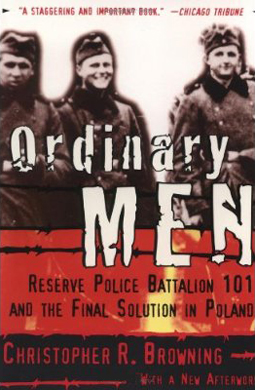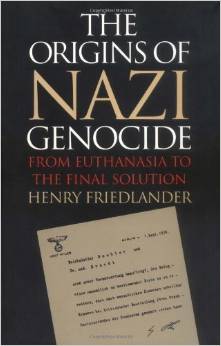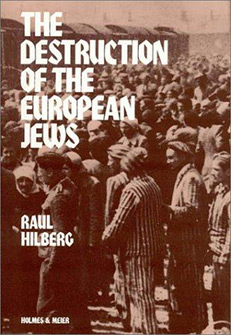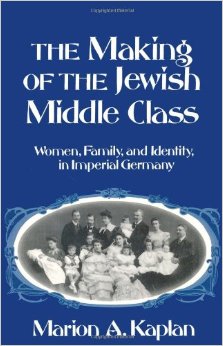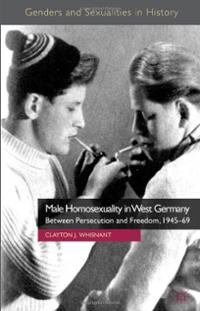Evans, Richard J. “The New Nationalism and the Old History: Perspectives on the West German Historikerstreit,” in The Journal of Modern History. Vol. 59, No. 4 (Dec. 1987): 761:797.
In this article, Richard Evans weighs in on the debate among historians in West Germany over the path of modern German history. Evans begins by showing that this isn’t the first time that historians have quarreled over interpretations of the past, but he reveals that the Historikerstreit (“historians’ quarrel”) of the mid-to-late 1980s spilled over from academia into the public realm as well. The controversy was sparked by historian Ernst Nolte’s article “The Past That Will Not Pass Away” that appeared in the Frankfurter Allgemine Zeitung in June 1986. In his article, Nolte argued that it was time to quit viewing Germany’s history in absolute, black-and-white terms, and start painting in shades of grey. By this, Nolte specifically meant that people should not view the Holocaust as a unique atrocity in history, instead arguing that the Soviets had actually done this all before in their Gulags (even if they didn’t use the same method of gas chambers). Similarly, in an earlier book, Nolte argued that Auschwitz could be seen as an attempt to solve problems connected with industrialization (underemployment, racial tensions, etc.) by means of disposing of large numbers of people (767). Evans dismisses both of these arguments (Soviet Gulag as model for the Nazi Final Solution, and Auschwitz as outcome of the problems of industrialization) as a “generalization so extreme as to be virtually meaningless” (768).
Nolte is not the only target of Evans’ critique, though. He then turns to a recent book written by historian Andreas Hillgruber, in which Hillgruber argues that the German catastrophe (the complete and utter destruction of Germany in 1945) belongs alongside the Jewish catastrophe of the Holocaust. Both of these together constitute a “European catastrophe” and an example of a larger resettlement of European populations. “Thus the destruction of Prussian and the German Reich really does appear in Hillgruber’s book as comparable to the destruction of the European Jews” (777). Evans points out that comparing Germany’s military loss at the hands of the Allies with the systematic murder of Europe’s Jews by the Nazis is again a gross oversimplification that does not take motivation into account. Moreover, Evans and others (including Jürgen Habermas) even criticized Hillgruber’s language in his book; Hillgruber speaks of the destruction of Germany, “a violent process enforced against active opposition,” but only of the end of European Jewry, “a term that suggested an almost spontaneous process neither actively willed nor actively resisted” (774).
The last part of Evans’ article deals with why the Historikerstreit of the 1980s resounded so powerfully in German society. He reminds us that history is often not only about the past, but is about the present and future, as well. After German politics and the German historical profession took a conservative turn in the 1980s (CDU Helmut Kohl elected Chancellor in 1982), it’s no wonder that we see historians trying to write a more agreeable national history for Germany, Evans posits. If these conservative historians can downplay the unique nature of the Holocaust by comparing it to other atrocities performed by other nations, West Germany could potentially step out from Hitler’s long shadow (783). Evans then spends pages showing how the Kohl administration, through media campaigns and tours, sought to craft a national history that Germans could be proud of, one in which the role of the Third Reich was not forgotten, certainly, but downplayed (786-792).
Concluding, Evans states, “Unproductive though the Historikerstreit may be in terms of its contribution to historical knowledge, it does provide a stimulus toward reflection on the nature of German historical scholarship, the historian’s role in society, and Germany’s place in the world” (792). Nearly thirty decades after Evans is writing, today we can see the Historikerstreit as an important development in the West German Vergangenheitsbewältigung.
For more works on the history of modern Germany, see my full list of book reviews here.


